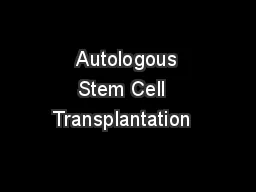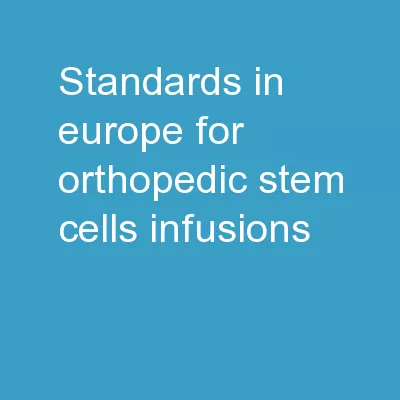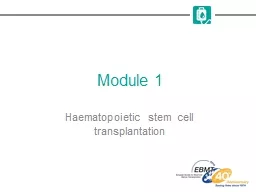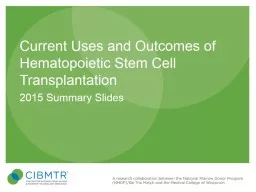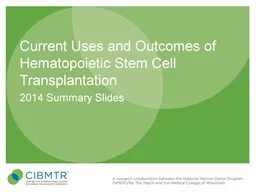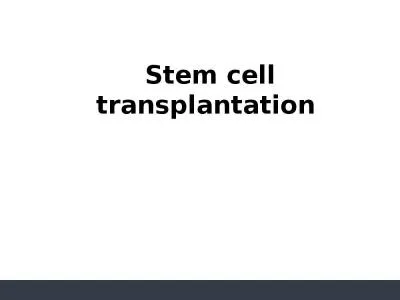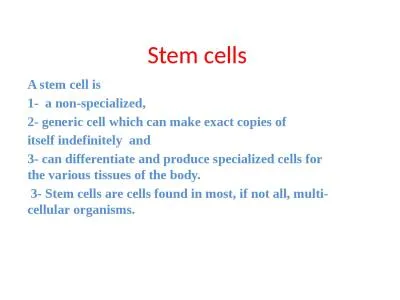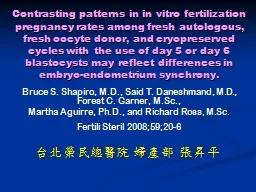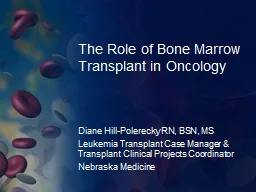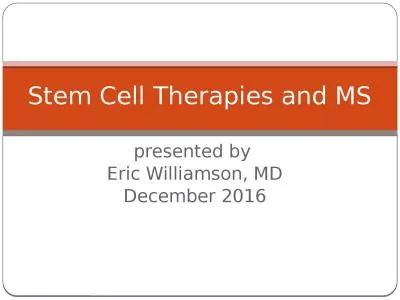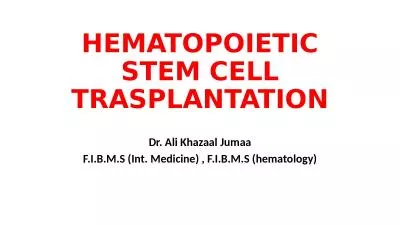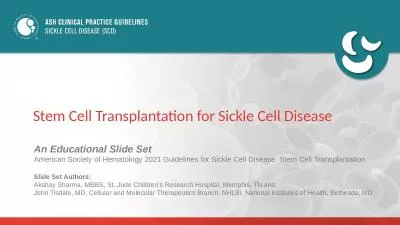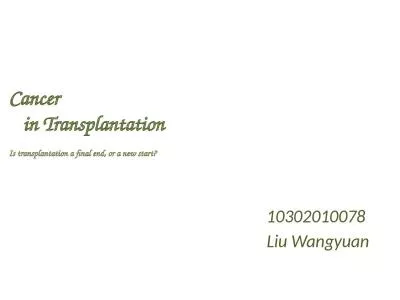PPT-Autologous Stem Cell Transplantation
Author : kittie-lecroy | Published Date : 2020-04-02
Present and Future Mustafa CETIN MD December 2016 Erciyes University BMT Center KHUH Doctor Education Program Passweg et al BMT Feb 2016 ASCT in Europe
Presentation Embed Code
Download Presentation
Download Presentation The PPT/PDF document " Autologous Stem Cell Transplantation " is the property of its rightful owner. Permission is granted to download and print the materials on this website for personal, non-commercial use only, and to display it on your personal computer provided you do not modify the materials and that you retain all copyright notices contained in the materials. By downloading content from our website, you accept the terms of this agreement.
Autologous Stem Cell Transplantation : Transcript
Download Rules Of Document
" Autologous Stem Cell Transplantation "The content belongs to its owner. You may download and print it for personal use, without modification, and keep all copyright notices. By downloading, you agree to these terms.
Related Documents

